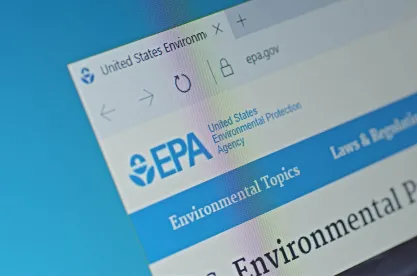On May 25, 2023, after more than 15 years of fighting, a couple contesting the Environmental Protection Agency’s assertion of jurisdiction over their residential lot as “waters of the United States” (WOTUS) under the Clean Water Act (CWA) scored a decisive victory in a U.S. Supreme Court decision, Sackett v. EPA. Chantell and Mike Sackett’s property, located near Priest Lake in Idaho, had wetland features but no direct contact with the lake or surface waters flowing into the lake. A road separates their lot from a larger wetland complex that flows into the lake. The U.S. Circuit Court of Appeals for the Ninth Circuit agreed that the EPA could impose CWA §404 permitting obligations on the Sackett’s filling of the wetlands on their land based on a site-specific determination that these and other area wetlands had a “significant nexus” to the chemical, physical, and biological integrity of Priest Lake as “traditional navigable waters.”
But the Supreme Court rejected this use of the “significant nexus” test. Following Justice Scalia’s opinion in the 2006 split decision Rapanos v. United States, the Sackett majority concluded that “navigable waters” are limited to only “relatively permanent, standing or continuously flowing bodies of water … described in ordinary parlance as ‘streams, oceans, rivers, and lakes.’” They held that “adjacent wetlands” regulated under the CWA “dredge and fill” permit program must have a “continuous surface connection” that makes them “indistinguishable” from such traditional navigable waters.
EPA and Army Corps of Engineers administer this CWA program, but have not yet issued any detailed responses. (Updates on the impact of Sackett will be available through the website links provided below.) There is certainly room for debate on the meaning of “indistinguishable” and “continuous surface connections” particularly when flooding or intermittent surface flows occur and where dunes, berms, levees, dams, ditches, culverts, drainage pipes, and other features either prevent or provide for connections between wetlands and traditional navigable waters. Some states and several environmental groups are also evaluating ways in which other programs might be expanded in the wake of Sackett. The decision is expected to curtail the circumstances when CWA §404 permitting applies to utilities, developers, farmers, and landowners conducting construction and filling activities and businesses harvesting timber or extracting other natural resources.



 />i
/>i

